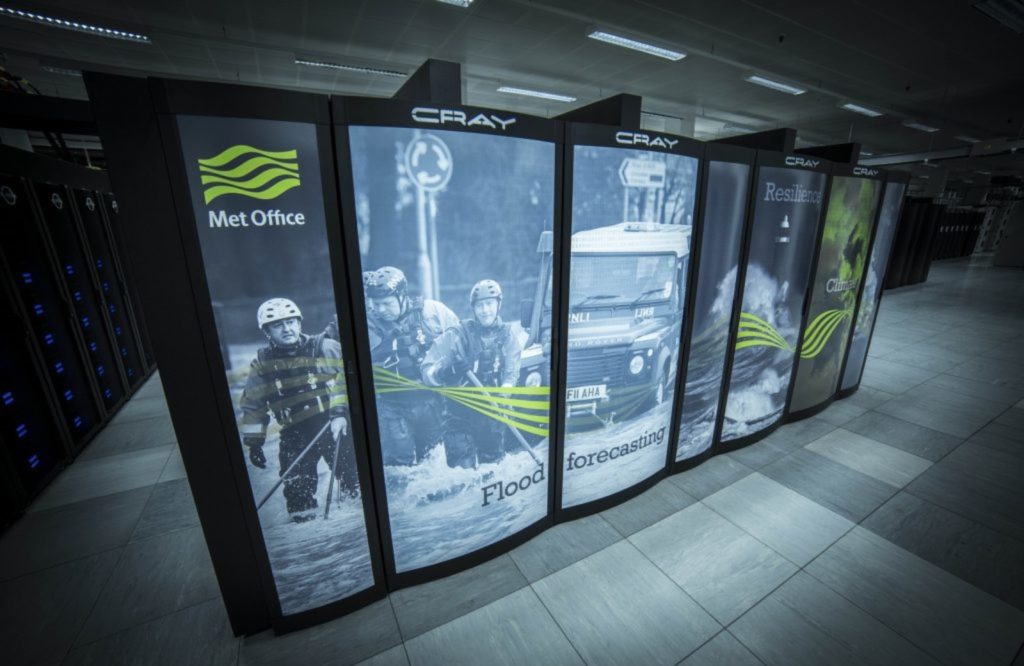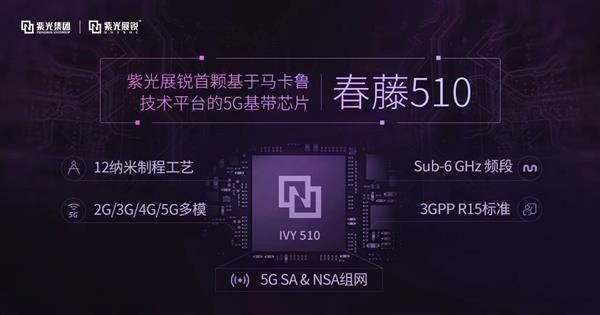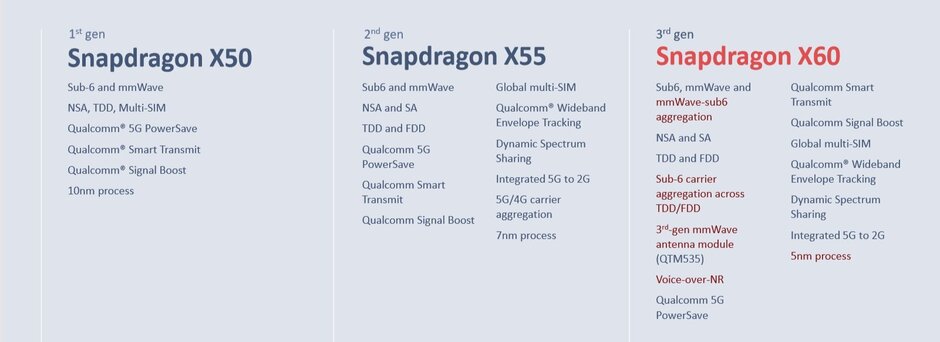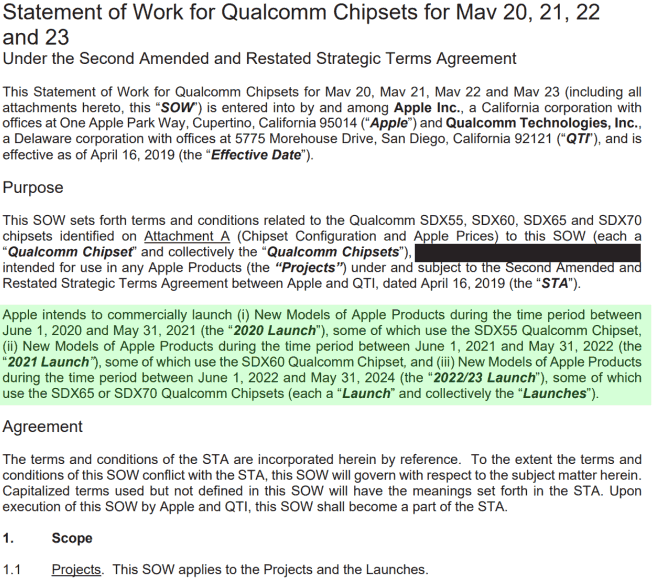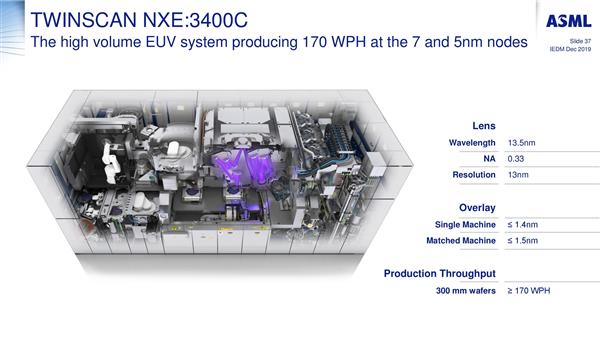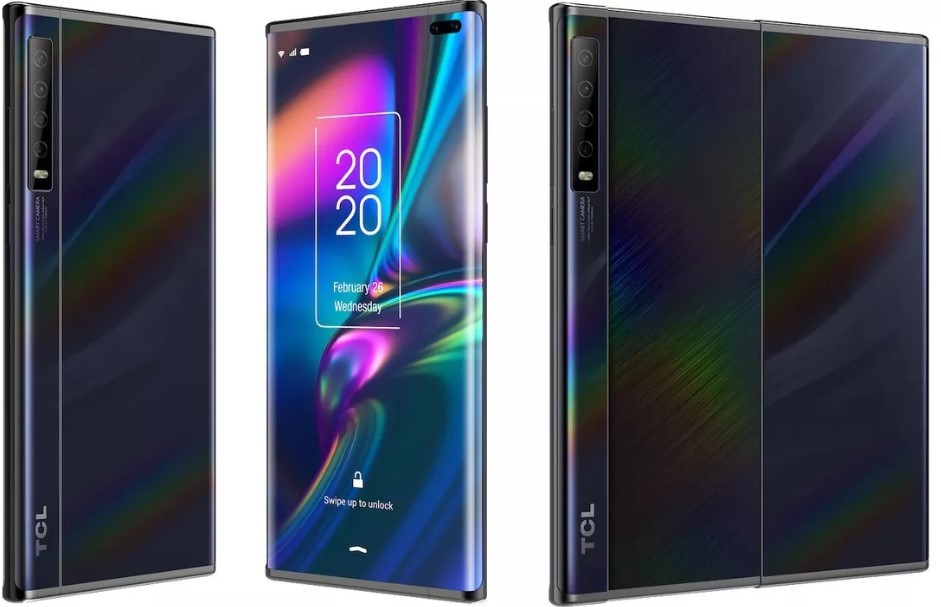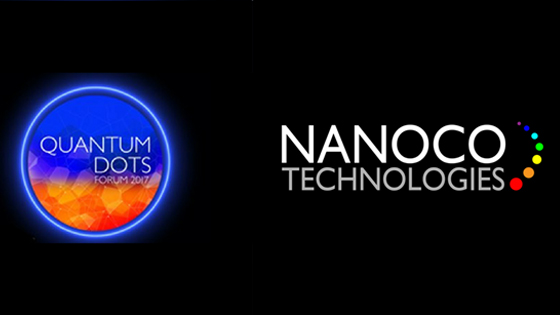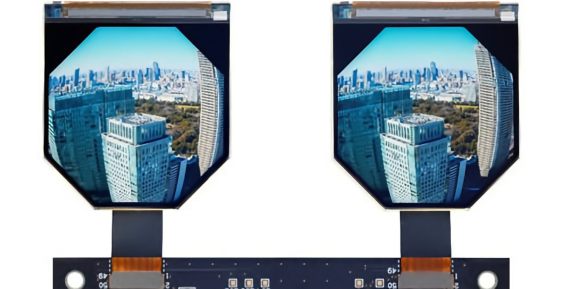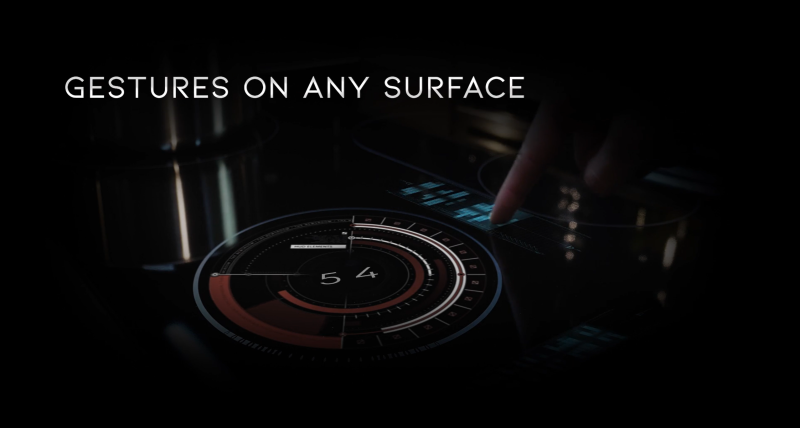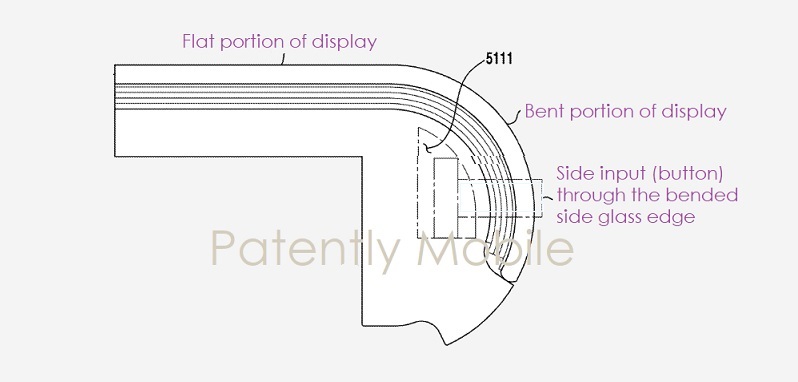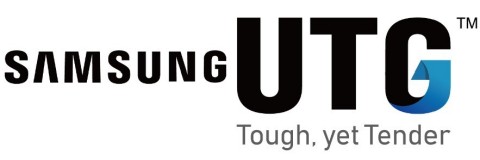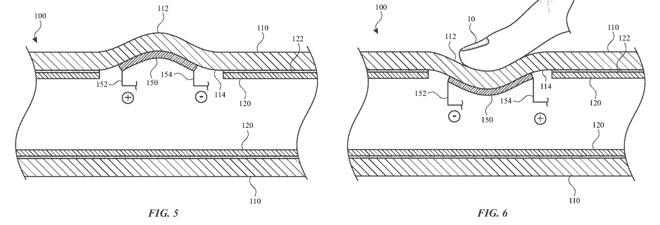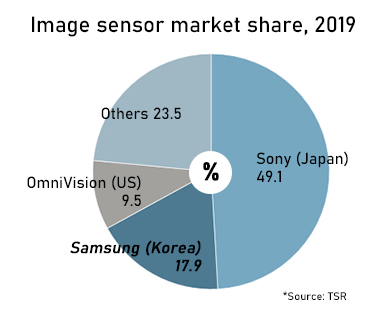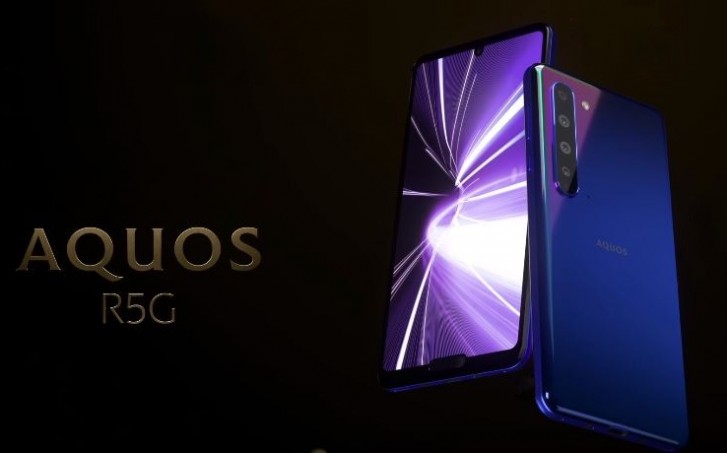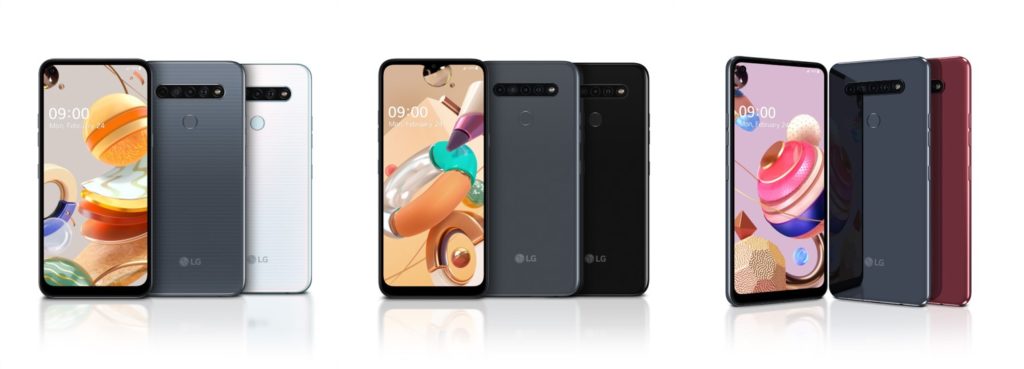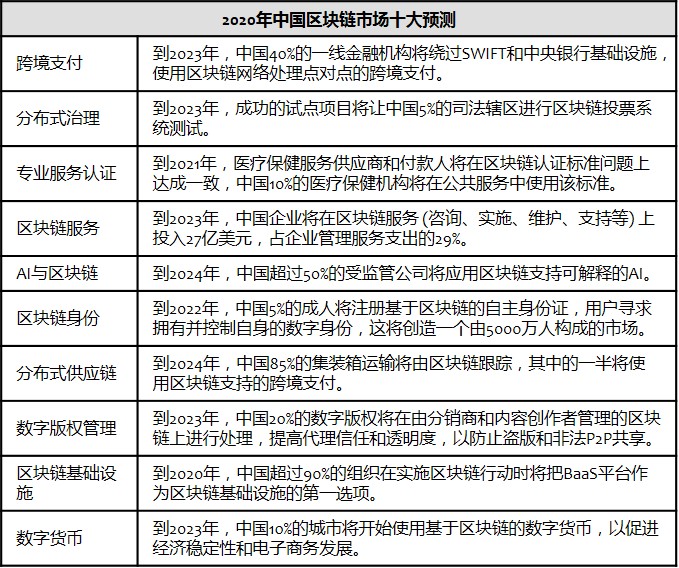
2-19: OPPO has reportedly shared self-developed chips project note to all the employees; Qualcomm has announced the third generation of its 5G modem; etc.
Chipsets
The UK’s weather service, the Met Office, will spend GBP1.2B (USD1.6B) to acquire the world’s most powerful climate supercomputer. The Met has indicated that the computer will create a “digital twin” of atmosphere with data like wind speeds, air temperatures and pressures, and more. It will create forecasts down to an area just 1,000m across compared to 10km. (Engadget, UK Government, CN Beta)
UNISOC has announced that in 2020, dozens of 5G baseband chips based on the Ivy 510 will be commercially available, including 5G CPE supporting 5G fixed wireless access (FWA) and 5G industry terminals serving multiple vertical industries. At the same time, OEM manufacturers and solution providers working with UNISOC are developing modules, CPE, MiFi, set-top boxes, VR, AR, industrial gateways, live broadcast machines, AGV, drones and other terminal forms. (Laoyaoba, CN Beta)
Special Assistant to the CEO of OPPO has reportedly shared a company-wide internal note to all the employees which reveals “Mariana Plan” for the self-developed chips. It is noted that the project had received input and support from the OPPO TMG Technical Committee which was setup a month before that. (Gizmo China, My Drivers)
Qualcomm has announced the third generation of its 5G modem, called the Snapdragon X60. Key features of this modem include the fact that it is built on a 5nm process, supports carrier aggregation between Sub-6 and mmWave, and offers up to 7.5Gbps download speeds. (Phone Arena, AnandTech, Qualcomm)
Samsung will reportedly fabricate at least some of Qualcomm Snapdragon X60 modem chips. The X60 will be made on Samsung’s 5nm process. (Android Central, Reuters)
The US International Trade Commission (ITC) has revealed that Apple will need to buy Qualcomm’s 5G baseband for the next 4 years at least—X55 1 Jun 2020 till 31 May 2021; X60 1 Jun 2921 till 31 May 2020; X65 / X70 1 Jun 2022 till 31 May 2024. (GizChina, My Drivers)
SMIC, the largest foundry in China, has announced it has issued purchase orders for the machine and equipment to the Lam Research during the 12 months from 12 Mar 2019 to 17 Feb 2020, spending USD601M (CNY4.2 B). Lam Research is an American company and one of the giants in the global semiconductor equipment industry. According to SMIC CEO Liang Mengsong, the monthly production capacity of 14nm will reach 4K in Mar 2020, 9K in Jul , and 15K in Dec 2020. (CN Beta, My Drivers, Sina)
TF Securities analyst Ming-Chi Kuo predicts that Asahi Electronics will become the new SiP supplier of Apple AirPods Pro as soon as 2H20. As AirPods Pro demand is better than expected, it is expected to grow after the outbreak of new coronavirus. AirPods series products are expected to ship about 80M-90M units in 2020, of which AirPods Pro accounts for about 40% or more of the total AirPods shipments. Current SiP suppliers include Amkor and Changjiang Technology. (TF Securities, Laoyaoba)
The Netherlands-based ASM sold 26 EUV lithography machines in 2019, which are mainly used in TSMC, Samsung’s 7nm and 5nm processes that will begin mass production in 2020. It is expected that 35 EUV lithography machines will be shipped in 2020. At present, the lithography machines shipped by ASML are mainly NXE: 3400B and improved version of NXE: 3400C. ASML is now also developing the EXE: 5000 series of new generation EUV lithography machines with NA 0.55. The main partners are Carl Zeiss and Belgium IMEC. (My Drivers, ChinaZ, AnandTech)
Touch Display
TCL is developing a smartphone with a screen that slides out, transforming a normal-looking Android phone into a tablet with slide instead of a flip. This TCL concept slider looks like a “normal” smartphone with a waterfall display. (Android Authority, CNET, CN Beta)
British nanotechnology company Nanoco has filed a patent infringement lawsuit against Samsung Electronics and affiliates in a district court in Texas relating to quantum dots. (CN Beta, NY Times, Reuters)
Japan Display Inc (JDI), backed by Sony, Hitachi, and Toshiba, has announced that it is now mass-producing a pair of high-pixel-density screens designed for smaller, lighter VR glasses. It covers twin 1,600×1,600 LTPS TFT-LCD screens that measure 2.1” on the diagonal, resulting in a display density of 1,058ppi. (VentureBeat, CN Beta)
UltraSense Systems, a San Jose, California-based startup has launched its first products — a family of system-on-chips dubbed TouchPoint — use ultrasound to sense movement and gestures through a range of materials, including metal, glass, wood, and plastic. To fund mass production, UltraSense has announced that it has secured USD20M. (VentureBeat, PR Newswire, 7Tin)
The U.S. Patent and Trademark Office has granted Samsung a patent for a display with an extended bent edge that has one or more physical buttons protruding through the bent edge glass. Buttons have traditionally been set to protrude through a metal side edge, so this is definitely different. (CN Beta, BGR, Patently Mobile)
Samsung Display has announced that it is the first in the industry to commercialize ultra-thin glass (UTG) that can be used as the cover window for foldable displays. The glass, while only 30μm thick, is produced using an intensifying process to enhance its flexibility and durability. The glass is expected to be adopted by other foldable electronic devices. (My Drivers, YNA, Business Wire)
Apple’s patent titled “Touch-based input device with haptic feedback” details how a system could be used to provide haptic feedback to the user, while also being able to read force measurements from the user’s grip. The proposal involves the use of a piezoelectric device attached to the inside of the housing, one that would be connected to the user grip region of the housing. (Laoyaoba, Apple Insider)
Smartphone displays with higher refresh rates are likely to become a mainstream technology in the handset industry in 2020, according to Digitimes. Smartphones featuring displays with higher refresh rates will also mean that there will be upgrades for CPUs for gaming, streaming and browsing. (Digitimes, press, Digitimes)
Camera
The world’s image sensor market is estimated to grow to USD27B by 2023 from USD17.2B in 2019, according Techno Systems Research (TSR). In the market, Sony took up the lion’s share of 49.1%, much bigger than 17.9% of Samsung. (My Drivers, Sony Alpha Rumors, Pulse News)
Material
CITIC Securities believes that there are currently many manufacturers on the market that are deploying GaN fast charger. It is expected that with the increase in user demand for portability, the global GaN fast charge market size is expected to reach more than CNY60B in 2025, while accelerating GaN chips as substitution of Si-based products in other emerging areas. Gallium nitride (GaN) is one of the third generation semiconductor materials. (Jiemian, Yicai, Laoyaoba)
Connectivity
Ericsson has indicated its latest 5G hardware will be able to transfer a full hour of 4K video in as little as 14s, with consumer availability coming later in 2020. The record for the fastest download speeds has been broken after Ericsson has revealed that its latest 5G hardware is capable of 4.3Gbps. (Gizmo China, VentureBeat, IT Home, iFeng)
Phone
Google has announced that Stadia will work on some Android phones from Samsung, Asus, and Razer starting on 20 Feb 2020. Though Stadia content needs to meet specific requirements, any phone running Android 6.0+ or iOS 11+ can manage content through the Stadia app. (CN Beta, The Verge, Stadia)
Sharp AQUOS R5G is announced in Japan – 6.5” 1440×3168 QHD+ Rich Color 120Hz IGZO, Qualcomm Snapdragon 865, rear quad 12MP OIS-48MP ultrawide-12.2MP 2x telephoto OIS-ToF + front 16.4MP, 12+256GB, Android 10.0, front fingerprint scanner, IP68 rated, 3730mAh. (Gizmo China, GSM Arena, Sharp)
LG has announced new K series, powered by MediaTek octa-core: K61 – 6.5” 19.5:9 FHD+ FullVision, rear quad 48MP-8MP ultrawide-5MP depth-2MP macro + front 16MP, 4+64 / 4+128GB, Android 10.0, rear fingerprint scanner, 4000mAh. K51S – 6.5” 20:9 HD+ FullVision, rear quad 32MP-5MP ultrawide-2MP depth-2MP macro + front 13MP, 3+64GB, Android 10.0, rear fingerprint scanner, 4000mAh. K41S – 6.5” 20:9 HD+ FullVision, rear quad 13MP-5MP ultrawide-2MP depth-2MP macro + front 8MP, 3+32GB, Android 10.0, rear fingerprint scanner, 4000mAh. (Phone Arena, Android Central, GSM Arena, LG)
Augmented / Virtual Reality
U.K.-based Oxford VR hopes to lead the way in automated VR therapy in the future, and it has just raised GBP10M (USD13.05M) to help achieve that goal. The new funds will “enable Oxford VR to accelerate US expansion of its evidence-based and scalable automated VR therapy solution and to continue to expand its treatment pipeline.” (VentureBeat, Upload VR)
Automotive
German aviation startup Volocopter is teaming up with Grab, the predominant ride-hailing app in Southeast Asia, to launch an air taxi experiment. The two companies signed a memorandum of understanding to “look into the most suitable cities and routes to deploy air taxis in Southeast Asian cities; evaluate the best use cases for air taxis; and explore the possibility of joint flight tests, among other things”. (CN Beta, The Verge, Volocopter)
Chinese electric car startup Xpeng Motors has recently established the Zhaoqing Xpeng New Energy Investment Co., Ltd., with a registered capital of CNY100M. The company’s business scope includes self-owned investment, energy management services, battery charging services for electric vehicles, research and development of electric vehicles, and technical services. (CN Beta, Tech Post)
Jaguar Land Rover has introduced a new concept vehicle that cuts a very different figure relative to its usual fare: It is a four-wheeled electric urban mobility concept called “Project Vector” that looks more like a low-floored airport shuttle train car than a traditional car. (TechCrunch, Auto Car, Auto Blog, CN Beta)
Payment
The Malaysia Finance Ministry in 2020 Budget has allocated MYR450M to launch the e-tunai Rakyat initiative, in an effort to boost e-wallet adoption and digital payment in the country. The government has selected Touch ‘n Go eWallet, Boost and GrabPay to participate in the initiative as service providers. (CN Beta, The Star)
Fintech
IDC predicts the Chinese blockchain market in the next 5 years, covering the macro environment, market hotspots, user needs, product and technology trends, etc., for the reference of industry companies and related persons. (CN Beta, IDC)
